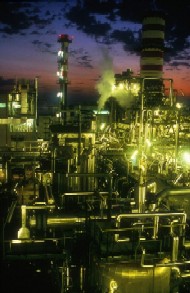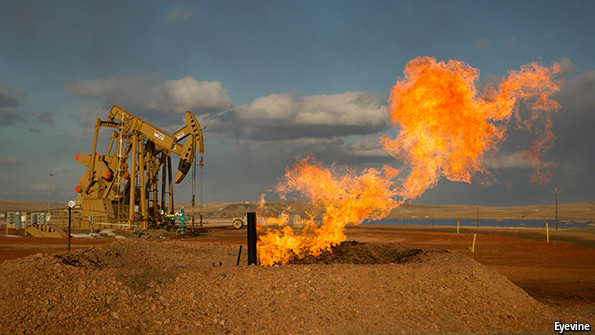
In a Lyfe cycle of oil field there are various stages to obtain oil and gas which include the following
Step 01: Exploration
In this stages Petroleum Geoscientists and engineers work together to locate and drill into Location where they think will produce oil. In this stage they look first at surface and then into subsurface
At Surface: They look for sedimentary basin and they use the knowledge they know about rock properties to make choices, they look seeps, study rock and outcrop
In the Subsurface:They based on tool like magnetometer gravimeter, their main objective is to find location of sedimenatry rock where they cabn study further
One they found sedimentary basin then they conduct seismic survey to identify structure that may contain oil and gas
After finding Traces of oil and gas the next step is
Step 02:Appraisal
They evaluate the potential commercial of oil and gas. In doing so they determine how much oil and gas are present and type of oil and gas Present. They calcuate if there is suffient hydrocarbons to justify further investment.They determine if the field will produce enough oil to help to recover all the costs and still make profit.
If they determine there enough Petroleum they move to the next step
Step 03:Development
They select where well to be drilled and they plan budget equipment, tool and Manpower needed to bring Field into Production
Step 04:Production
At this where field start to produce oil and gas.This is the only stage that make money. It can take few years to decades depend on the size of the field
Step 05:Abandonment
When there is no enough hydrocarbon enough to make profit the well will be shut down.
Final words
If you have anything about these stages of getting Petroleum Please share with us


















